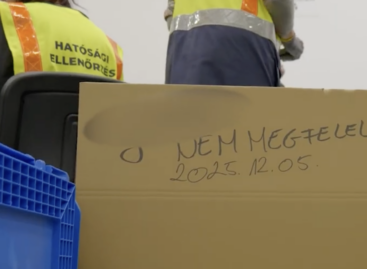Magazine: Organic connections

István Murányi
general secretary
KOZMOS
The Hungarian Cosmetics and Household Chemicals Association (KOZMOS) is 25 years old in 2018. On 24-25 October they organised their annual conference in Visegrád. General secretary István Murányi opened the conference, who mentioned the many organisational, structural and legislative changes that had occurred this year. Next Judit Hóvári from OGYÉI summarised the European Cosmetics Association group’s work, talking about relevant EU regulations (2017/2228/EU, 2018/885 and 2018/978) and the new rules for CMR substances.

Richárd Schmidt
head of department
National Public Health Centre
Richárd Schmidt, head of department at the National Public Health Centre talked about the results of their inspections performed at cosmetics manufacturers in 2018. He called attention to the fact that the number of cosmetics manufacturers is growing, but there are fewer problematic ones than before.
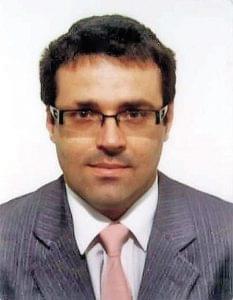
Dr. Zoltán Török
senior technical consultant
Ministry of Technology
and Innovation
Dr Zoltán Török, senior technical consultant at the Ministry for Technology and Innovation spoke about the results of consumer protection checkups. He informed that according to the RAPEX (Rapid Alert System for dangerous non-food products) results, Hungary is ranked 4th in terms of inspection success rate. In 2018 140 cosmetics products were tested, 120 of these examinations have already been completed and only 7 products don’t comply with the regulations.
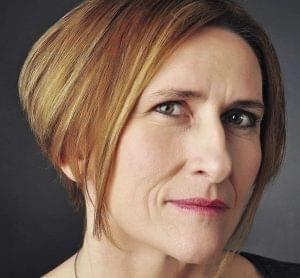
Dr. Márta Kovács
head of department
National Public Health Centre
Dr Márta Kovács, head of department at the National Public Health Centre introduced the changes in relevant laws and spoke about why and how the centre was established, with chief medical officer Dr Attila Kovács as its head.
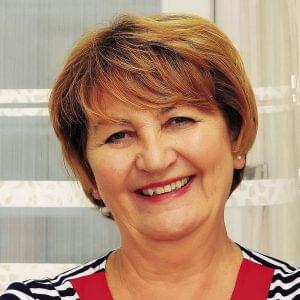
Dr. Fazekas Ildikó
főtitkár
Önszabályozó Reklám
Testület
In the afternoon session Dr Ildikó Fazekas, general secretary of the Self-regulatory Advertising Board (ÖRT) gave the first presentation. She talked about influencer marketing and shed light on the fact that the young generation can basically only be reached via the digital platforms, where more than 40 percent of advertising budgets is now spent. István Murányi brought the results of a study made by IKW and the Zukunftsinstitut in Germany. This outlines the consumer attitudes and cosmetics megatrends of the next 30 years. It forecasts a kind of new individualisation, people’s close ties with groups of their choice and a change in the direction of trust – moving away from institutionalised forms and going in the direction of opinion leaders.

Nóra Veres
senior client
executive
Nielsen
From Nielsen Nóra Veres, senior client executive and Dávid Rhorer, international business consultant spoke about the current market trends in cosmetics and household chemicals.
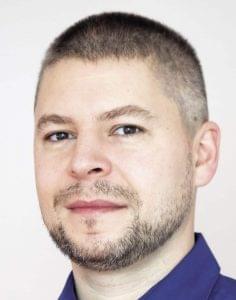
Dávid Rhorer
international business
consultant
Nielsen
Mr Rhorer introduced macrotrends and revealed that in Q2 2018 like-for-like FMCG sales grew by 7.8 percent in Hungary, which put Hungary in the No.1 position in Europe, together with Romania. Average spending per household increased from HUF 42,800 to 48,843. Ms Veres analysed the market trends of various cosmetic and household chemical product categories. Nielsen measured a continued sales decrease for household chemicals in hypermarkets, which was mainly the result of an improved performance by drugstores and discount supermarkets. She added that the drug category in general, which includes cosmetics, household chemicals and other drug products, realised a 7-percent sales growth, with beauty care product performing the best.
The first day of the conference ended with Levente Borsányi-Bognár, technical managing director of e-Termékdíj.hu Kft. giving a presentation about strategic issues in connection with the EU’s circular economy strategy and the draft regulation on single-use plastics. He also spoke about the possible changes in the environmental protection product fee. The expert went into details about Hungary’s plastic strategy.

Miklós Czékus
National Public
Health Centre
On the second day of the conference work started with Miklós Czékus from the National Public Health Centre telling the audience about the tasks and decisions of the CARACAL and REACH committees. In connection with Brexit, he stressed that both REACH- and CLP-related roles and obligations could change.
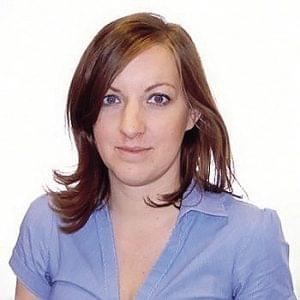
Judit Jaltai
Chemical Safety and
Competency Authority
Department
Judit Jaltai from the Chemical Safety and Competence Authority Department started her presentation with Article 45 of the CLP regulation, which stipulates a reporting obligation for those who distribute, use and import hazardous mixtures. The regulation takes effect on 1 January 2020 and the expert underlined that the reporting obligation must be fulfilled before putting the product into circulation.

Emese Szántó
National Public
Health Centre
Emese Szántó from the National Public Health Centre informed conference participants about the authorisation of biocidal products and product lines, speaking in detail about the transitional period in regulation and the process of evaluating components. She called attention to the rule that in the transitional period only those products can be in circulation which contain already approved, existing components.
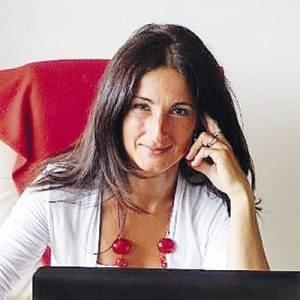
Éva Kürti
KOZMOS
Éva Kürti from KOZMOS introduced the data collection project of the then public health authority OKK and KOZMOS about the washing gel capsule related accidents: between 1 September 2016 and 31 May 2018 a series of laboratory tests were performed with financial support from Henkel, Procter & Gamble, Reckitt Benckiser, Tesco and Unilever. The project’s main goal was to find out about the background and details of washing gel capsule poisoning cases, and to map the effects of product safety measures laid down in the CLP regulation, so that efficient preventive measures can be put in place. In the survey 39 health institutions provided data and it turned out that from 31 cases the laundry detergent capsules were only locked up in 3 – so most children had access to them. Krisztina Rabóczki from the Health Toxicological Information Service brought statistical data from 2016 and 2017 on household chemical products. In 2017 there were 22,175 poisoning cases reported and 7.77 percent of these originated from some kind of household chemical.
At the end of the conference general secretary István Murányi gave an insight into European laundry washing and cleaning trends, relying on the representative A.I.S.E. consumer habits survey, which was conducted online in October-November 2017 (in 23 countries, with 4,611 respondents in the 18-65 age group). It was revealed that 64 percent of European households own a dishwasher, which they use 3.1 times a week. As for washing laundry, it turned out that back in 1997 people washed clothes at 48°C, but by 2011 this temperature reduced to 42.7°C. Mr Murányi told: KOZMOS promotes indicating the number of washings on all types of laundry detergent products.
Related news
In Croatia, the price of a holiday basket this year will be about ten percent higher than last year
🎧 Hallgasd a cikket: Lejátszás Szünet Folytatás Leállítás Nyelv: Auto…
Read more >NKFH: Children’s dinnerware recalled due to inadequate consumer information
🎧 Hallgasd a cikket: Lejátszás Szünet Folytatás Leállítás Nyelv: Auto…
Read more >NKFH-NAV action at the customs border – goal: to filter out dangerous products ordered from online platforms
🎧 Hallgasd a cikket: Lejátszás Szünet Folytatás Leállítás Nyelv: Auto…
Read more >Related news
Egg prices up nearly one-third
🎧 Hallgasd a cikket: Lejátszás Szünet Folytatás Leállítás Nyelv: Auto…
Read more >Layers of problems
🎧 Hallgasd a cikket: Lejátszás Szünet Folytatás Leállítás Nyelv: Auto…
Read more >Too many gifts, too much food: our holiday excesses are putting a serious strain on the environment
🎧 Hallgasd a cikket: Lejátszás Szünet Folytatás Leállítás Nyelv: Auto…
Read more >


